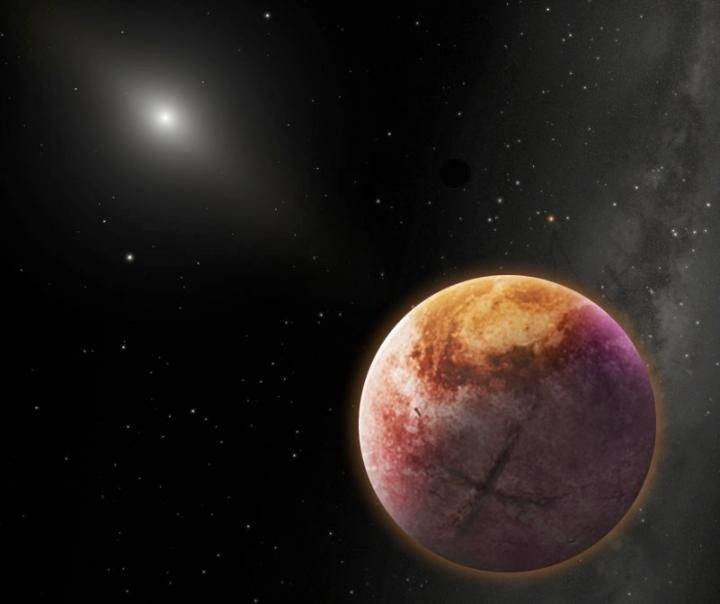Hunt For Planet X: Trans-Neptunian Objects Bolster Case For Solar System’s 9th Planet

Our obsessive search for a ninth planet in our solar system — one that can fill the void left by Pluto’s demotion back in 2005 — is finally paying off.
In a new study accepted for publication in the Astronomical Journal, two astronomers — the Scott Sheppard from the Carnegie Institution for Science and Chadwick Trujillo from Northern Arizona University — have detailed their observations of several trans-Neptunian objects lying in the fringes of the solar system. The location and orbits of these objects makes the existence of a ninth “Planet X” all the more likely, the researchers say.
“If you want to put a number on it, I'd be somewhere like 80 percent sure that there's a Planet X out there,” Sheppard told Space.com. “I don't think it's a slam dunk; it's not 100 percent, because it's such low-number statistics. But there are a lot of strange things that seem to be going on that would be explained quite well with there being some kind of massive planet out there.”
The clustering of the orbits of the newly-identified objects, which have now been submitted to the International Astronomical Union’s Minor Planet Centre to receive official designations, suggests that they are most likely being influenced by something massive and very distant — the proposed Planet X.
Based on the behavior of these trans-Neptunian objects, the researchers predict that Planet X, if it exists, is several times more massive than Earth and is locked in an extremely elliptical orbit around the sun — one that, at its closest point, is at least 200 times farther away from the sun than Earth.
“Objects found far beyond Neptune hold the key to unlocking our Solar System's origins and evolution,” Sheppard explained in a statement released Monday. “Though we believe there are thousands of these small objects, we haven't found very many of them yet, because they are so far away. The smaller objects can lead us to the much bigger planet we think exists out there. The more we discover, the better we will be able to understand what is going on in the outer Solar System.”
However, it is too soon to pop open the celebratory bottle. Given that only a handful of such trans-Neptunian objects have ever been detected, our understanding of what’s really happening at the edges of the solar system is, at best, rudimentary.
“Right now we are dealing with very low-number statistics, so we don't really understand what is happening in the outer Solar System,” Sheppard said. “We are now in a similar situation as in the mid-19th century when Alexis Bouvard noticed Uranus’ orbital motion was peculiar, which eventually led to the discovery of Neptune.”
© Copyright IBTimes 2024. All rights reserved.






















